21 Wild Animals in Fiji [Wildlife in Fiji]
Want to know more about the wildlife in Fiji?
Discover 21 wild animals in Fiji in this post, as well as interesting facts about them. 🇫🇯
Learn All About Fijian Animals
Ready to learn all about Fijian animals?
I’ve always been fascinated by animals, and by how they can be so different from one country to another. In this guide, we’ll focus on the many animals Fiji has on the land, in the sky, and underwater.
I’ve split the guide into 4 categories:
- Native animals from Fiji
- Endangered animals of Fiji
- What is Fiji national animal?
- How many animals native to Fiji?
Let’s dive in right away with our first category!
Native Animals from Fiji
Fiji is an Oceanian island country located in the northeastern part of the continent, northeast of New Zealand. It is one of the smallest countries in all of Oceania, and it used to be a British colony. It is an archipelago made of about 330 islands, it is only surrounded by the Pacific Ocean, and its capital and largest city is Suva, which counts more than 93,000 inhabitants.
An interesting part of the country that I wanted to tackle is its wildlife. In light of that, I have listed the best of it, and I hope you will love learning what animals live in Fiji.
Here’s the Fiji animals list.
1. Hawksbill sea turtle
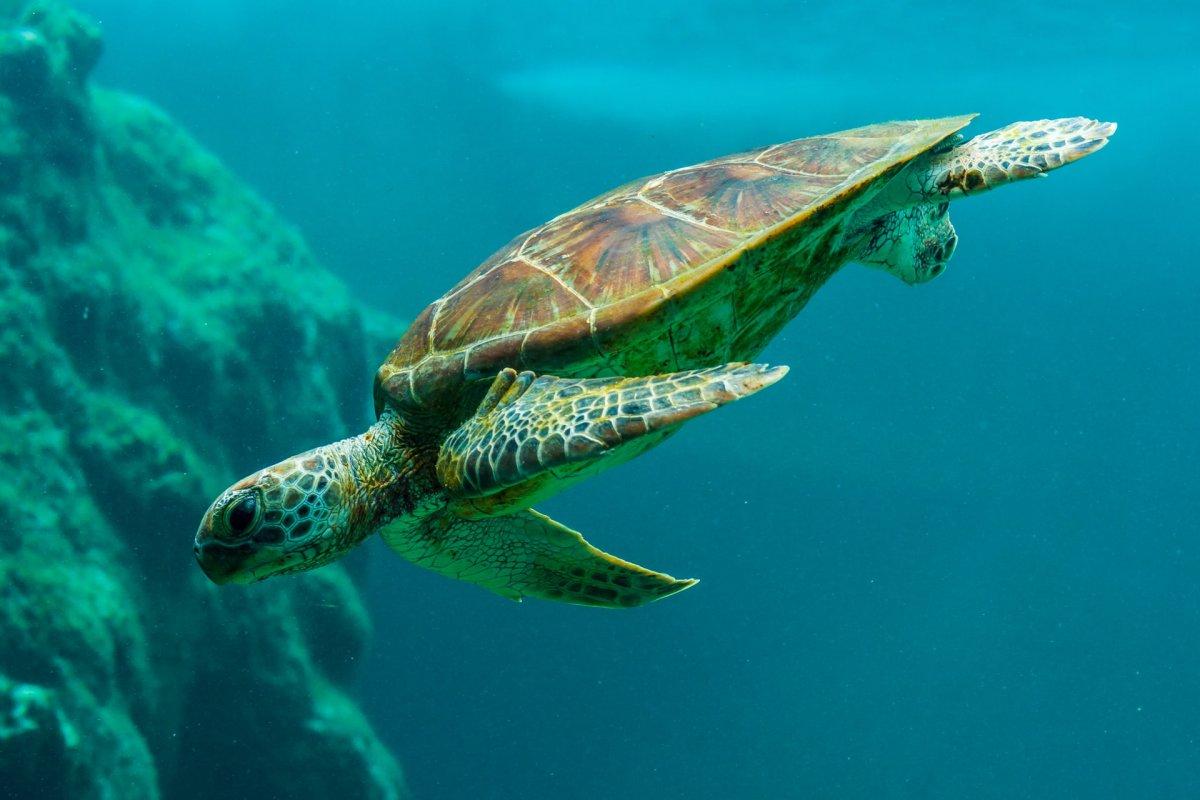
- Name: Hawksbill sea turtle
- Scientific name: Eretmochelys imbricata
- Conservation status:
The hawksbill sea turtle is a species of sea turtle native to most oceans of the world, in subtropical and tropical areas. It particularly likes the Caribbean Sea and the Pacific Ocean, and can seldom be seen in Fiji.
This turtle is on the brink of extinction because of its slow growth and maturity as well as its low reproductive rate. It is severely threatened by pollution, coastal development, and predators such as humans and mammals that dig up the turtle’s eggs: the hawksbill sea turtle’s population has declined 80 percent in only 100 years!
2. Whitetip reef shark
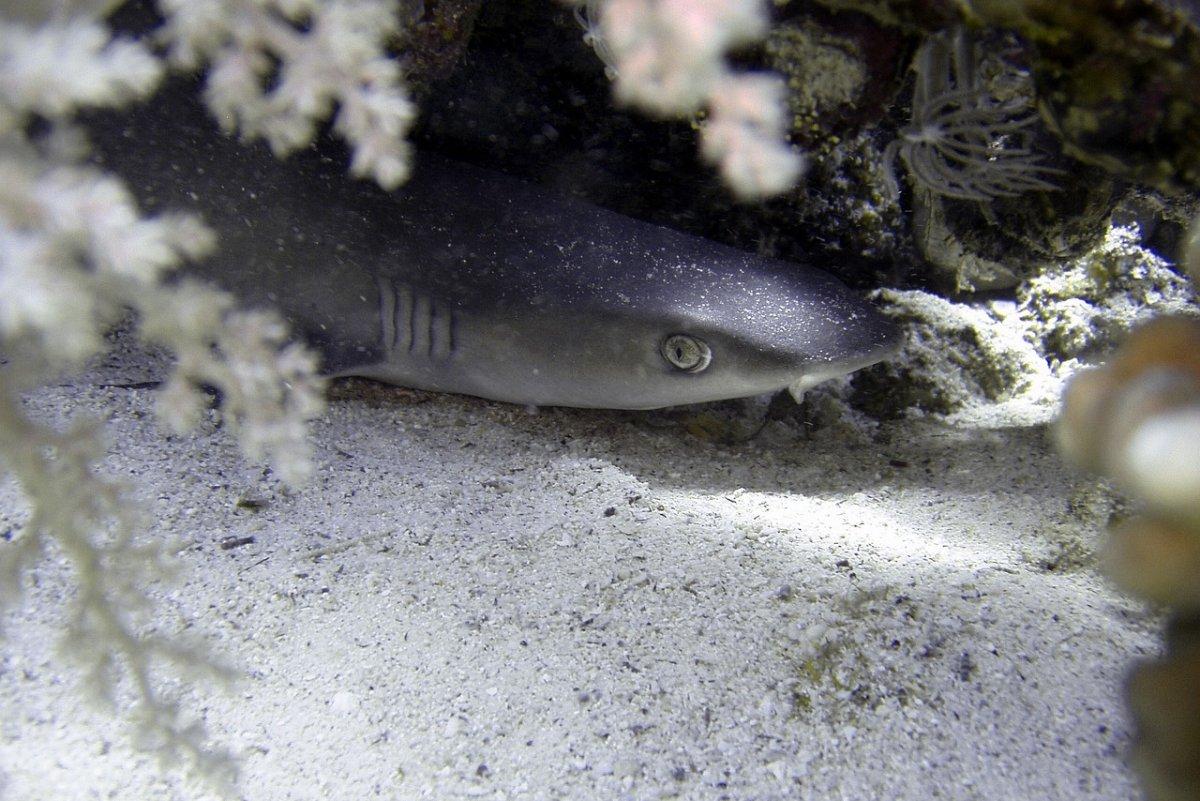
- Name: Whitetip reef shark
- Scientific name: Triaenodon obesus
- Conservation status:
The whitetip reef shark is a species of requiem shark native to the Indo-Pacific coral reefs, Central America and East Africa. It is a small shark that rarely exceeds 1.6 m / 5.2 ft in length, and it is recognizable thanks to its slender body and short, broad head.
It spends most of the day resting in caves and emerges at night to hunt fish, octopus, and crustaceans, where its elongated body comes in handy to reach prey hidden in crevices.
3. Humpback whale
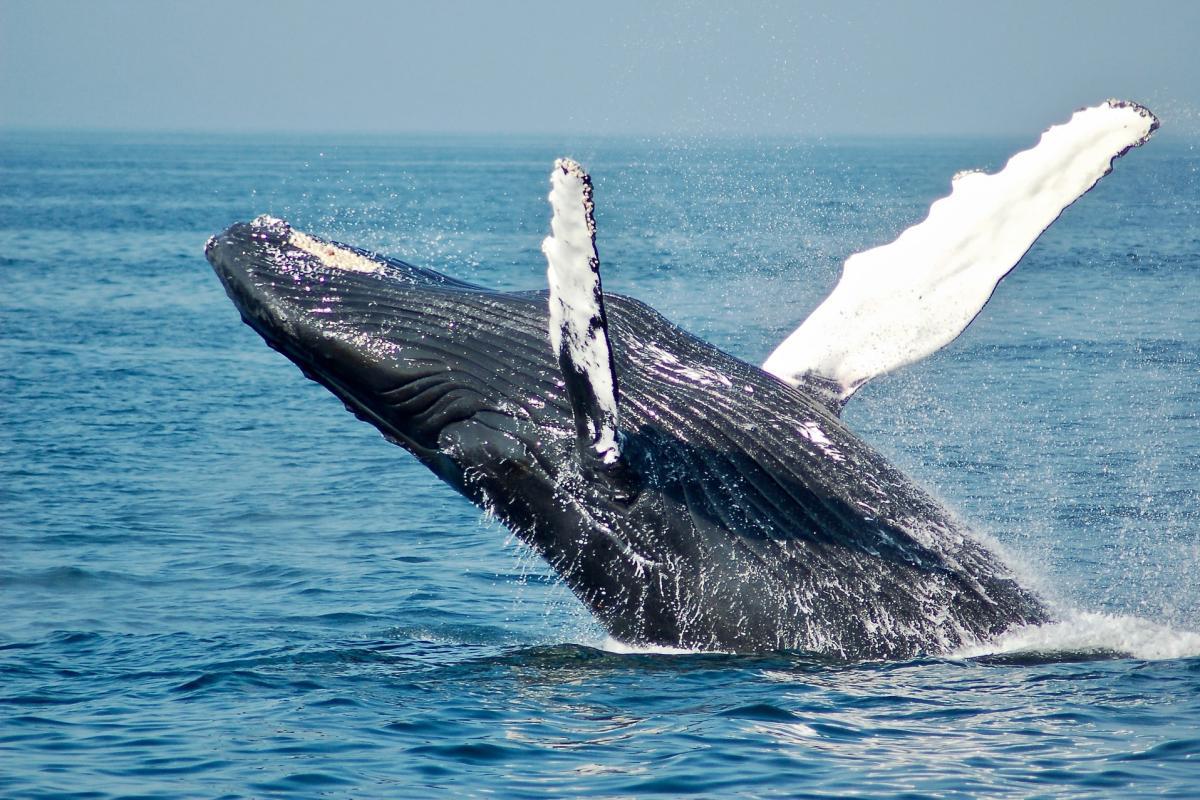
- Name: Humpback whale
- Scientific name: Megaptera novaeangliae
- Conservation status:
If you like whale watching, you will be very satisfied in Fiji: the islands are a great place to witness the characteristic surface breaching behavior of the humpback whale, one of the most impressive animals on the planet.
This rorqual can be found in seas and oceans all around the globe, and it migrates up to 16,000 km / 9,900 mi… every year! Truly a force of nature and a majestic creature.
4. Small Indian mongoose
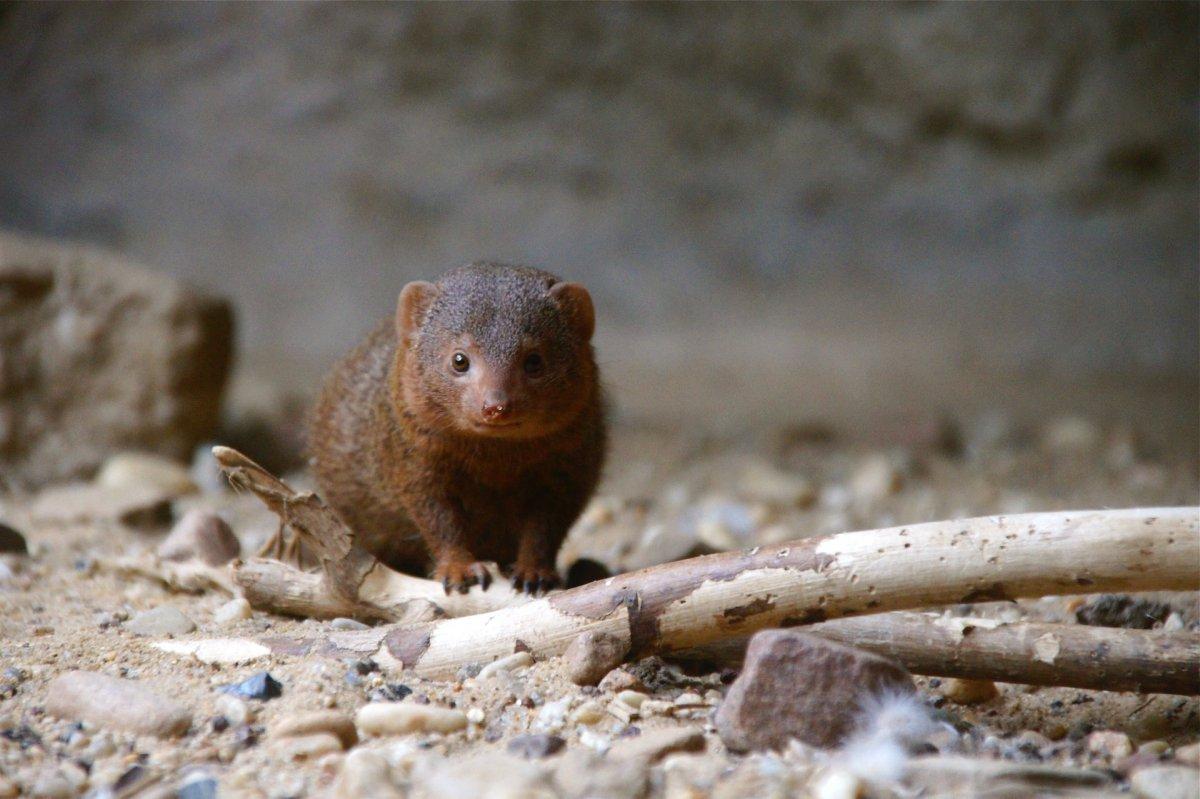
- Name: Small Indian mongoose
- Scientific name: Urva auropunctata
- Conservation status:
The small Indian mongoose is one of the few terrestrial carnivores that you will find in Fiji. In any case, the most interesting part about its wildlife is definitely the marine wonders as well as the birds.
This species of mongoose indeed comes from India, but it was introduced in much of the world, especially in some islands in the Caribbeans and in the Pacific Ocean, in order to control rat populations most of the time. Since then, it has thrived and it is now firmly installed in Fiji.
5. Orange fruit dove
- Name: Orange fruit dove
- Scientific name: Ptilinopus victor
- Conservation status:
Well, I just told you about birds, and here is the first one! The orange fruit dove is a species of bird in the pigeon family and one of the most colorful ones as well. It has elongated bright orange body feathers, as well as a blue bill and legs.
It is an endemic species in Fiji, and it lives in forests. There, it feeds on insects, berries, caterpillars, and a variety of small fruits.
6. Buff-banded rail
- Name: Buff-banded rail
- Scientific name: Hypotaenidia philippensis
- Conservation status:
The buff-banded rail, also known as tikling, the banded rail, or the moho-pererū, is a species of rail native to most of Australasia and the southwestern Pacific region.
This rail is about the same size as a domestic chicken, and it is almost always terrestrial. It inhabits wetland areas and is quite shy (at least most of the time). Interestingly enough, it is an omnivorous scavenger that feeds on carrion, vegetable matter, seeds, and small vertebrates, among other food sources.
7. Fijian monkey-faced bat
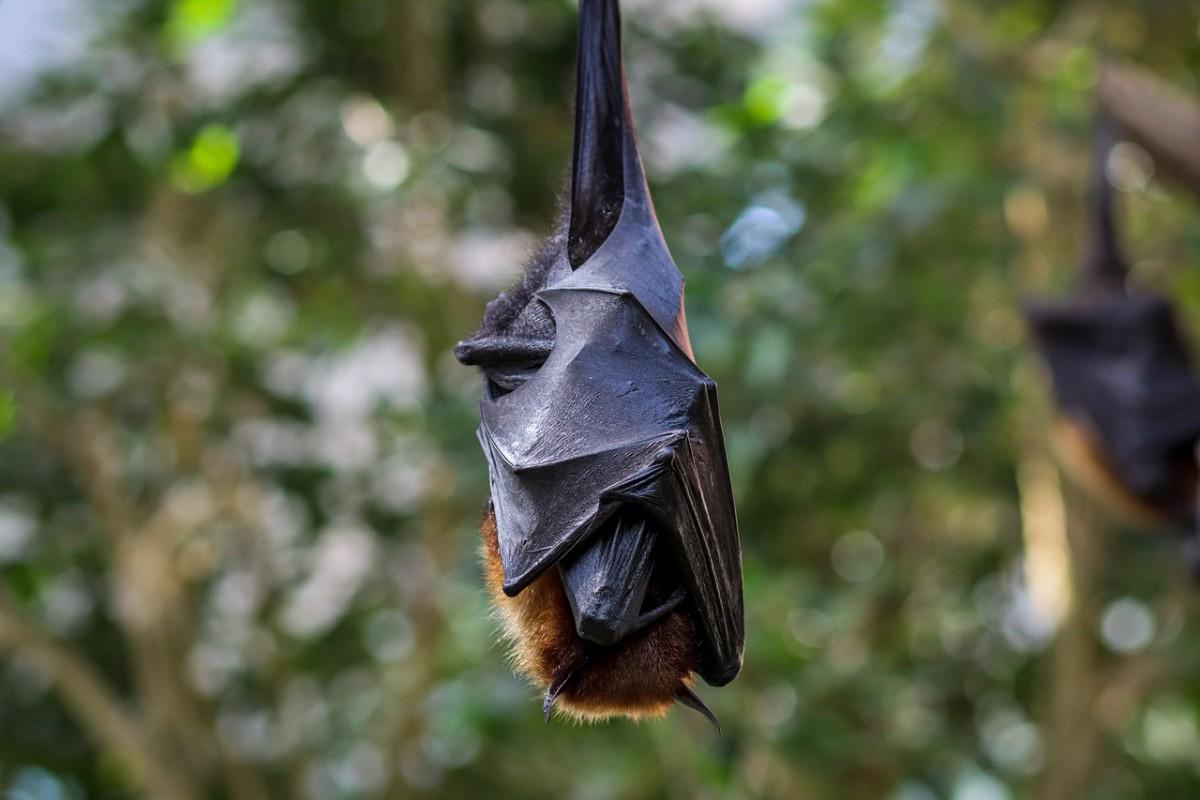
- Name: Fijian monkey-faced bat
- Scientific name: Mirimiri acrodonta
- Conservation status:
It sounds weird, it sounds unusual, it sounds scary… but yes, the Fijian monkey-faced bat literally looks like a monkey! At least, its face.
Also known as the Fijian flying monkey or the Fijian flying fox, it is a megabat endemic to Fiji. In fact, it is the only mammal endemic to the country, and it is one of the rarest animals on the planet: only 6 individuals have ever been observed! The population is estimated to be less than 1,000, and it is severely threatened by habitat loss.
8. Pantropical spotted dolphin
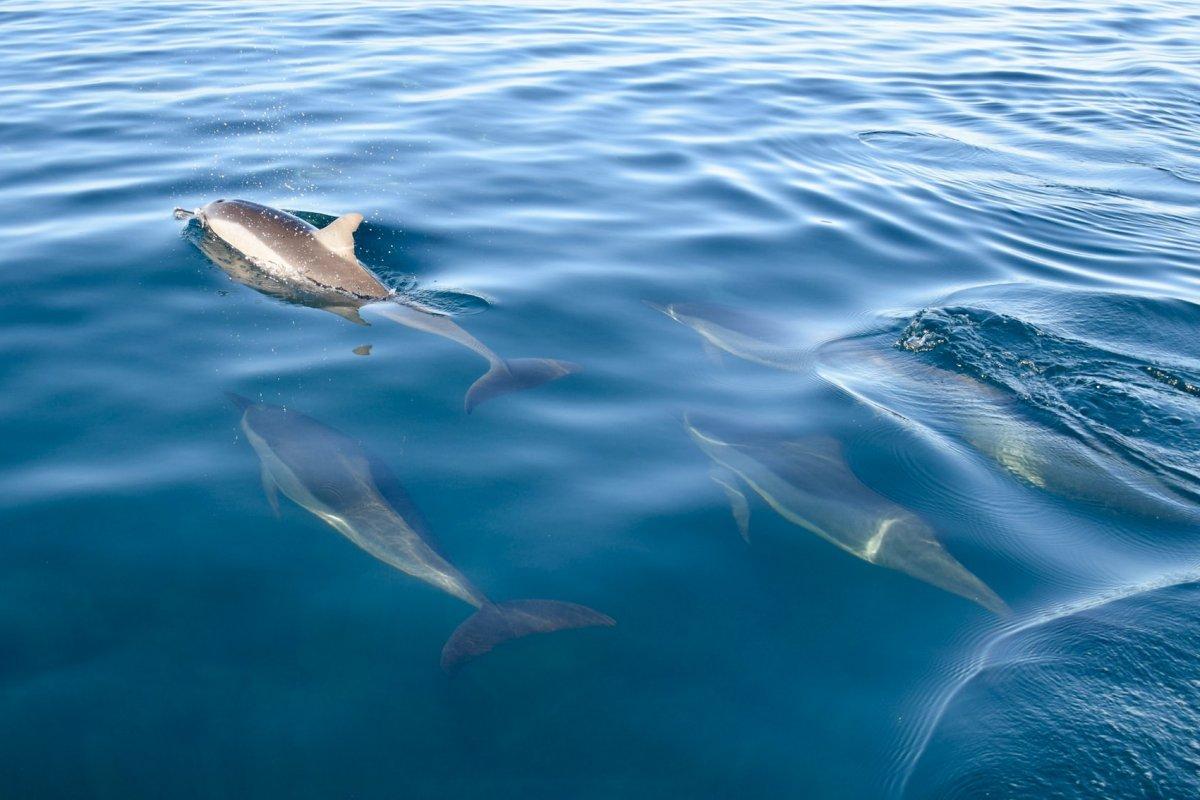
- Name: Pantropical spotted dolphin
- Scientific name: Stenella attenuata
- Conservation status:
The pantropical spotted dolphin is a species of dolphin native to all the world’s temperate and tropical oceans. Because of tuna fishing practices, this dolphin became under threat, as millions were killed.
Since the 1980s and the rise of dolphin-friendly fishing methods, it has been recovering, and millions of animals were saved. Now, it is one of the most abundant dolphins on the planet. Despite this, other threats remain: in countries like Taiwan and Japan, it is caught for consumption!
9. Far Eastern curlew
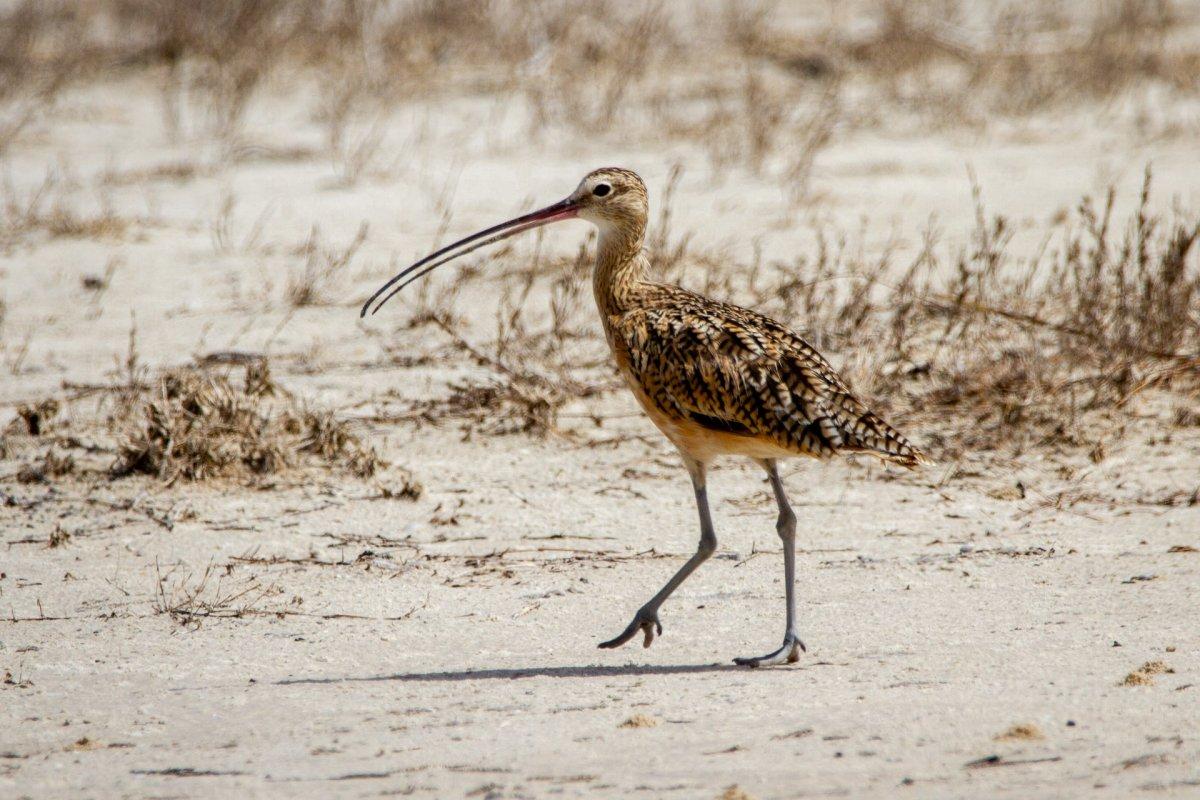
- Name: Far Eastern curlew
- Scientific name: Numenius madagascariensis
- Conservation status:
The Far Eastern curlew is merely an occasional visitor in Fiji. It is a large species of shorebird, very similar in appearance to the long-billed curlew, though it is a bit larger.
This species is the largest curlew, as well as the largest sandpiper. It usually spends its breeding season in northeastern Asia before wintering in Australia and the small islands of the Pacific Ocean. There are about 38,000 individuals in the world, and the population is on the decline.
10. Tahiti petrel
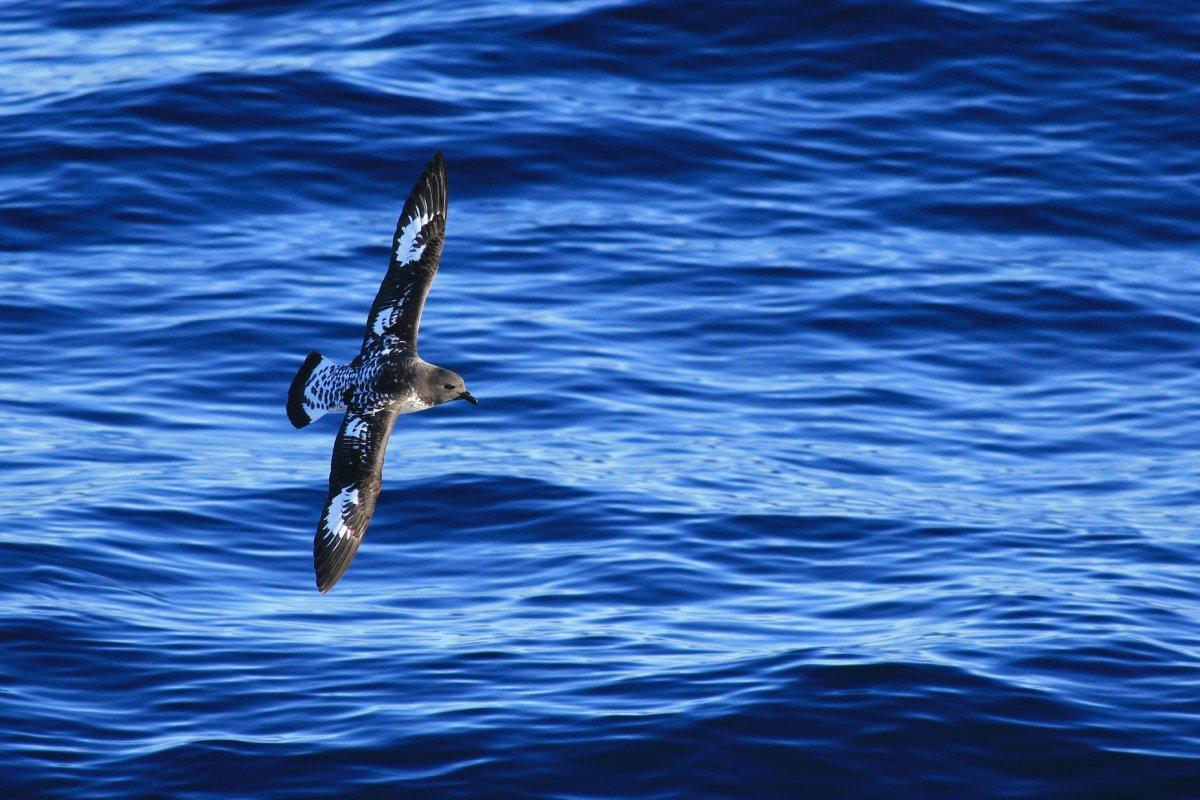
- Name: Tahiti petrel
- Scientific name: Pseudobulweria rostrata
- Conservation status:
The Tahiti petrel is a species of seabird native to most of the southern half of the Pacific Ocean. It nests in tropical and subtropical lowland forests and lives around the coastline of open seas the rest of the time.
Although not much is known about this bird, it is most likely an opportunistic feeder that forages. Unlike the species it coexists with, the wedge-tailed shearwater, it is not an aggressive scavenger, and therefore there is little to no competition for prey.
11. Brown booby
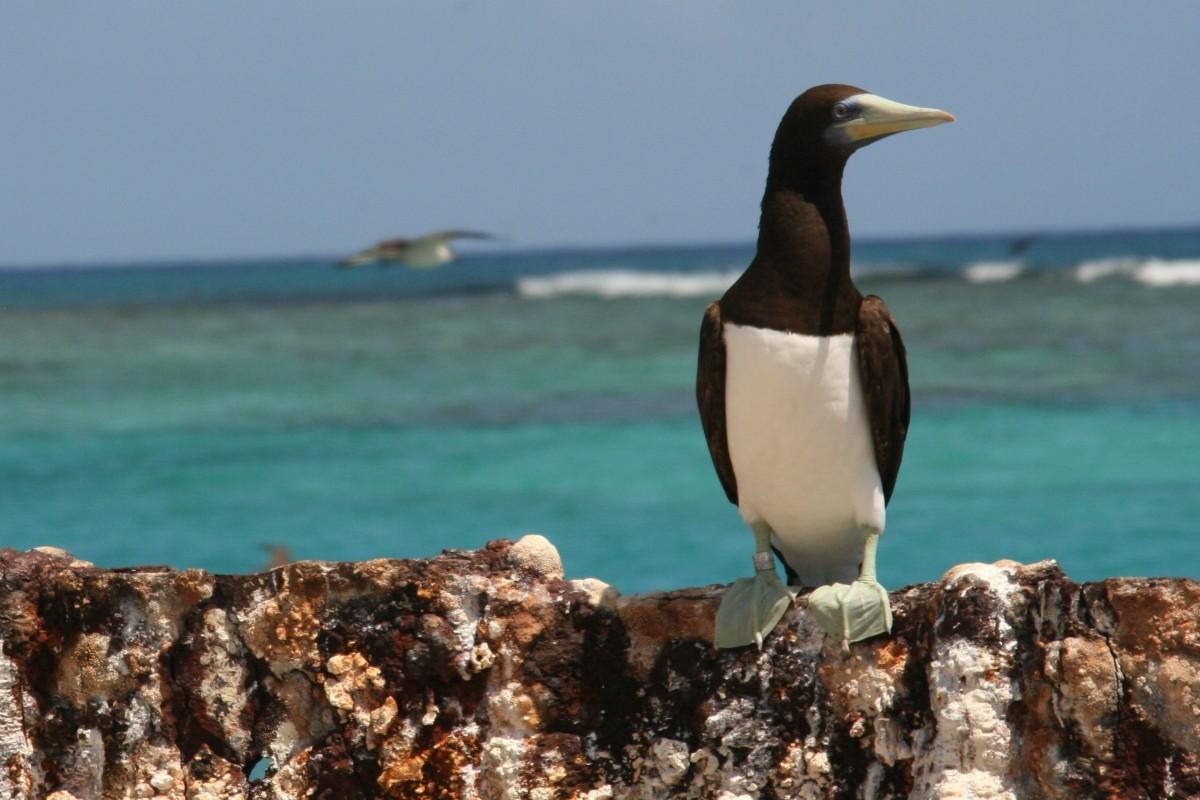
- Name: Brown booby
- Scientific name: Sula leucogaster
- Conservation status:
The brown booby is a large species of sea bird, one of the most common and widespread species of the booby family. It can be found throughout much of the pantropical areas of the planet, and it is a gregarious animal.
This booby plunges to catch small fish and nests on the ground. Because of pollution, more and more brown booby’s nests are now made of marine debris, the vast majority of them being plastic.
12. Pygmy killer whale
- Name: Pygmy killer whale
- Scientific name: Feresa attenuata
- Conservation status:
Despite its name, the pygmy killer whale is a species of oceanic dolphin native to all temperate and tropical oceans of the planet. It is very poorly known, and quite rare.
This animal gets its name from its physical similarities with the famous killer whale. It is known to be extremely aggressive in captivity, but such behavior has never been seen in the wild. When it comes to conservation, its biggest threats are accidental fishing, parasitic worms, and mass strandings.
13. Fiji goshawk
- Name: Fiji goshawk
- Scientific name: Accipiter rufitorques
- Conservation status:
The Fiji goshawk is a species of bird of prey endemic to Fiji; there, it can be found on the islands of Vanua Levu, Taveuni, Kadavu, Viti Levu, Gau, and Ovalau, which are the larger ones. It lives in a range of wooded habitats and adapts fairly well.
Its diet is mostly made of birds, rodents, insects, and reptiles, and it has also been seen catching freshwater wish and prawns.
14. Blue-crowned lorikeet
- Name: Blue-crowned lorikeet
- Scientific name: Vini australis
- Conservation status:
The blue-crowned lorikeet, also known as the Samoan lory, the blue-crested lory, or the Solomon lory, is a species of parrot native to some specific Pacific Islands, including, of course, Fiji.
This bird has extremely bright green plumage and a red throat, as well as blue feathers on top of its head, which is where it gets its name from. Though it is still common, its population is on the decline, most likely due to predation by rats.
15. Fiji parrotfinch
- Name: Fiji parrotfinch
- Scientific name: Erythrura pealii
- Conservation status:
The Fiji parrotfinch is a species of finch endemic to Fiji. It is small and green with a red head and tail. It is quite common as it is fairly adaptable, and is capable of living in human-made environments such as gardens, pastures, and grasslands.
The diet of this bird is mostly made of grasses, nectar, and insects, and it lives in small flocks of up to 6 individuals.
16. Sperm whale
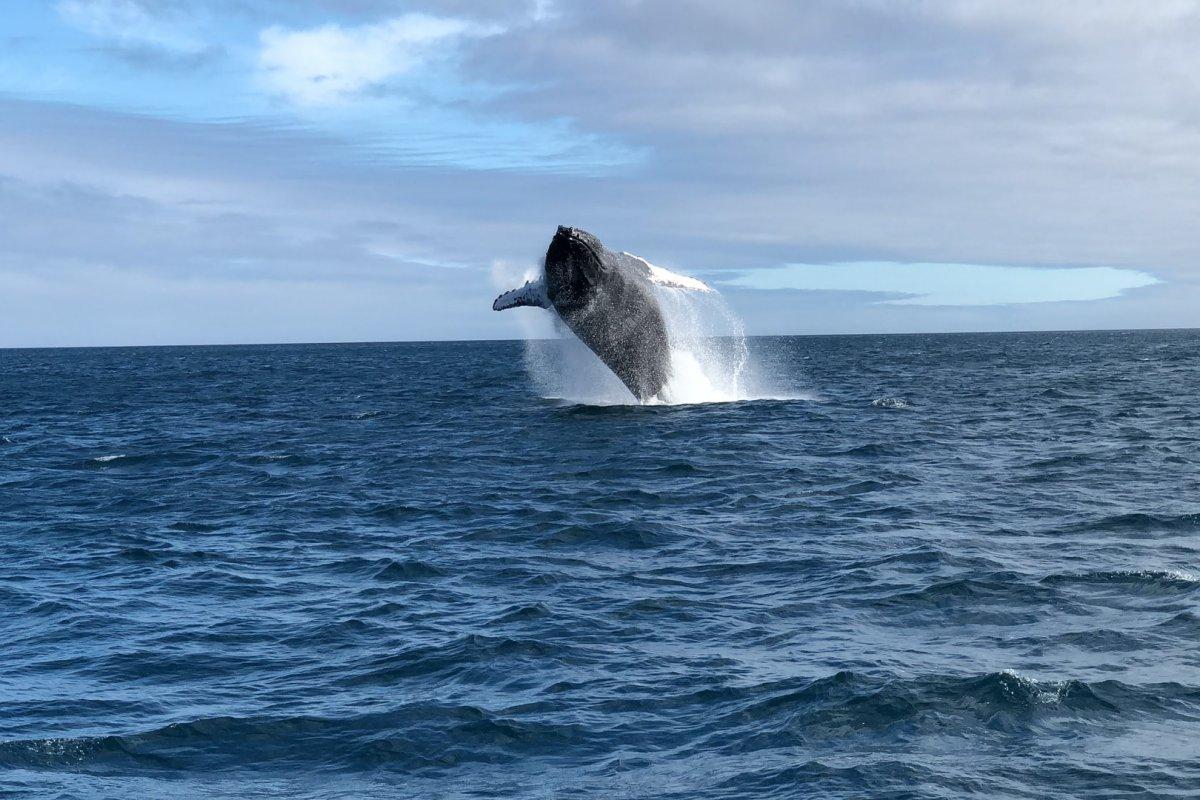
- Name: Sperm whale
- Scientific name: Physeter macrocephalus
- Conservation status:
The sperm whale, also known as the cachalot, is a species of toothed whale. It is also one of the most impressive marine animals on the planet, as it holds many records, such as being the largest toothed predator on the planet, having the largest brain of all, living more than 70 years, and being the third-deepest diving mammal (2,250 m / 7,382 ft), beaten only by the southern elephant seal and Cuvier’s beaked whale.
17. Great frigatebird
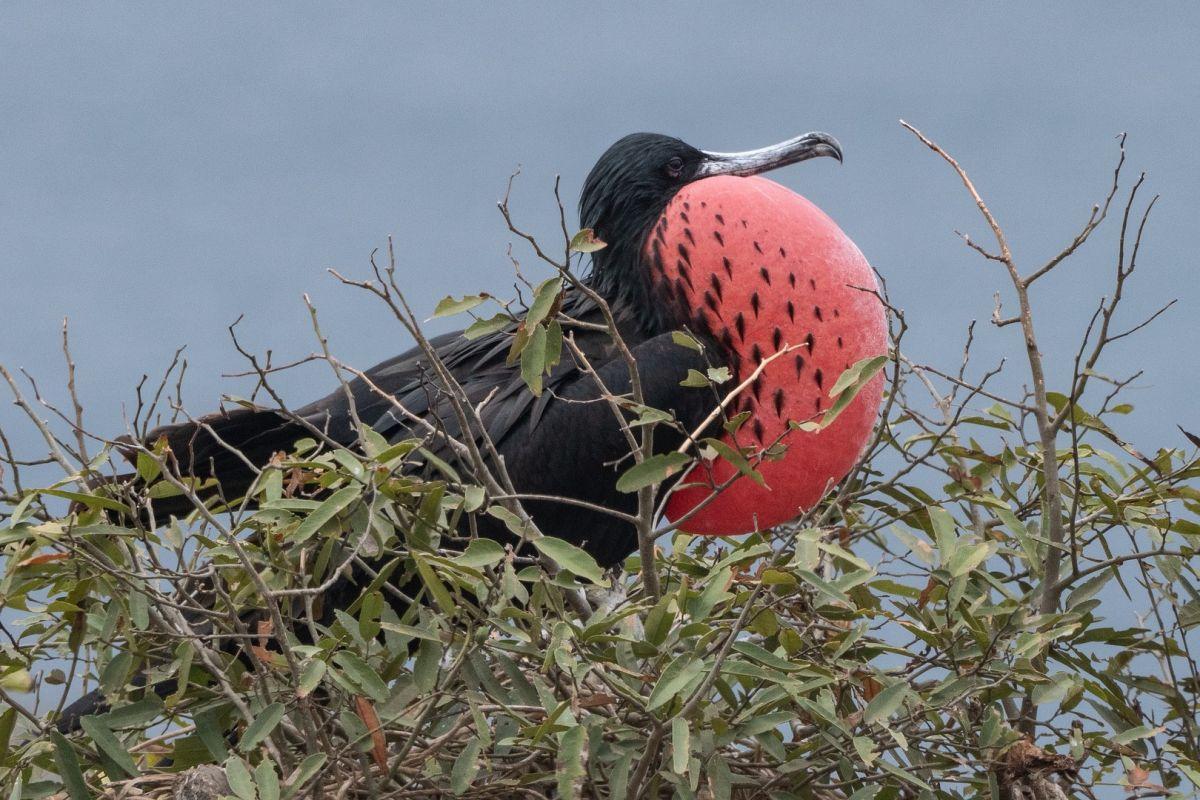
- Name: Great frigatebird
- Scientific name: Fregata minor
- Conservation status:
The great frigatebird is for sure a peculiar species of seabird. It is quite large, nests in the tropical Pacific and Indian Oceans, and is lightly built. However, its most striking feature is its inflatable gular sac, which only males have, which is used for the breeding season.
This bird is not very tolerant of kleptoparasitism, and it feeds in waters within 80 km / 50 mi of its breeding colony.
18. Red-tailed tropicbird
- Name: Red-tailed tropicbird
- Scientific name: Phaethon rubricauda
- Conservation status:
The red-tailed tropicbird is a species of seabird native to tropical areas of the Pacific and Indian Oceans. It has a white plumage and a red bill, but what’s more interesting and unique are its red tail streamers, about twice its body length.
Its diet mostly consists of fish that it catches by plunging into the ocean. Usually, it will nest in isolated areas such as crevices or on a cliff face.
19. Pomarine jaeger
- Name: Pomarine jaeger
- Scientific name: Stercorarius pomarinus
- Conservation status:
The pomarine jaeger, also known as the pomarine skua or the pomatorhine skua, is a species of seabird native to the majority of continental coastlines. It is a migratory bird that winters in the tropical oceans, including that of Fiji.
Its name comes from the German word “Jäger”, which means “hunter”. It feeds on carrion, fish, scraps, smaller birds, and rodents, and it is very agile and harasses its prey.
20. White tern
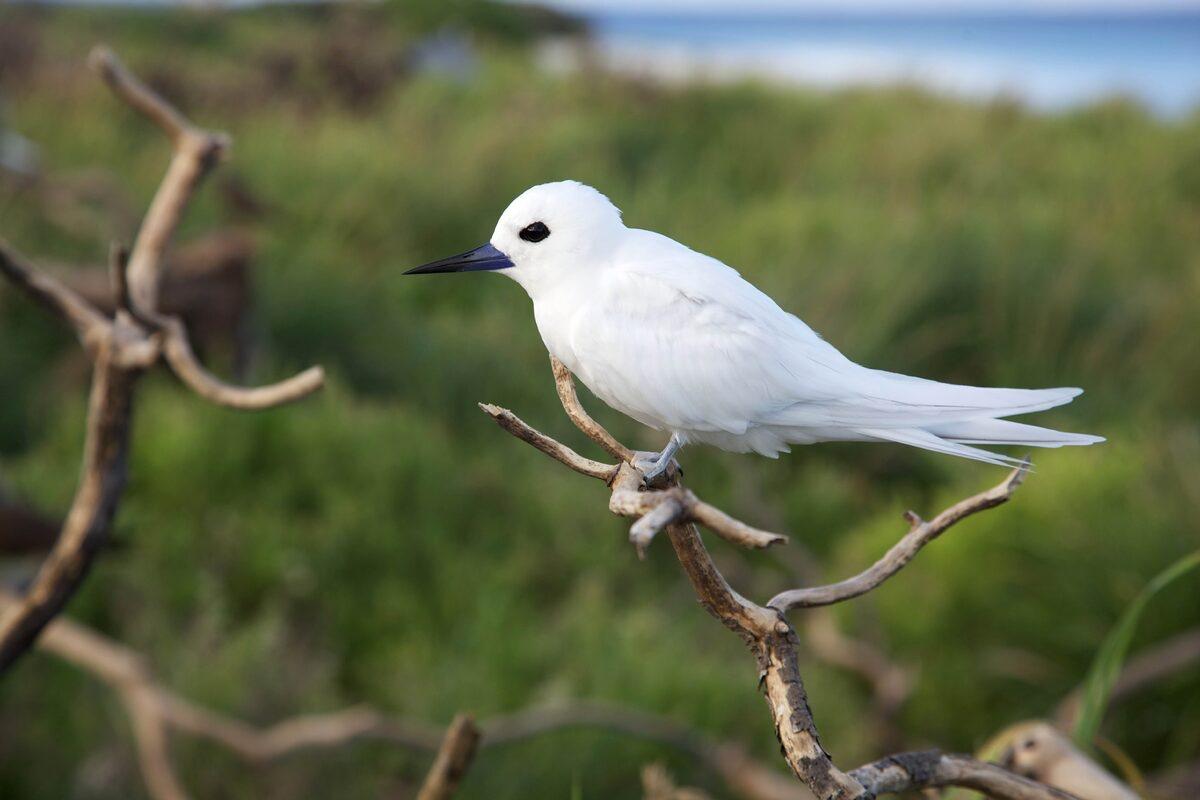
- Name: White tern
- Scientific name: Gygis alba
- Conservation status:
The white tern, also known as the white noddy, the angel tern, or the manu-o-Kū, is a small species of seabird native to the tropical oceans of the planet. It has a beautiful white plumage with a long, black bill, and it nests on coral islands, usually on rocky ledges and trees, but also man-made structures.
This bird unusually lays its egg on bare branches without a nest. The reason for that might be to avoid nest parasites which can cause some colonial birds to abandon an entire colony.
21. Swamp harrier
- Name: Swamp harrier
- Scientific name: Circus approximans
- Conservation status:
The swamp harrier is a species of swamp-hack native to Australasia and New Zealand. It is large and slim, and quite common within its range. It arrived in New Zealand about 700 years ago, replacing the extinct endemic species Eyles’s harrier.
The most common enemies of this bird are the Australian magpies and the masked lapwings. It mostly feeds on other birds, small mammals, frogs, reptiles, and fish. In the winter, it has already been seen feeding on carrion, most notably roadkill.
—
So there you have them, these were my 21 Fiji native animals. I hope you enjoyed this list and that you learned something new today.
In case you want to learn more about Fiji wildlife, feel free to keep reading, as I still have lots of things to tell you about:
Endangered Animals of Fiji
This is definitely the saddest part of the list, but it is very important to raise awareness. Because of this, let’s go through the list of endangered animals in Fiji.
Here are the animals in danger of extinction in Fiji.
- Bar-winged rail
- Beck’s petrel
- Fiji petrel
- Hawksbill turtle
- Fiji crested iguana
- Red-throated lorikeet
- and 4 more…
- Fiji banded iguana
- Spinetail devil ray
- Grey reef shark
- Pelagic thresher
- Phoenix petrel
- and 23 more…
To see the full list of endangered species in Fiji, head over to the International Union for Conservation of Nature’s Red List.
What is the National Animal of Fiji?
The national animal of Fiji is the collared lory.
The collared lory is a species of parrot endemic to the islands of Fiji. It is the only rainforest bird present on the archipelago that can adapt to urban landscapes and that can be found in the suburbs of the capital city, Suva.
With bright underparts, a purple crown, and green upper parts, it is a stunning bird and a symbol of freedom.
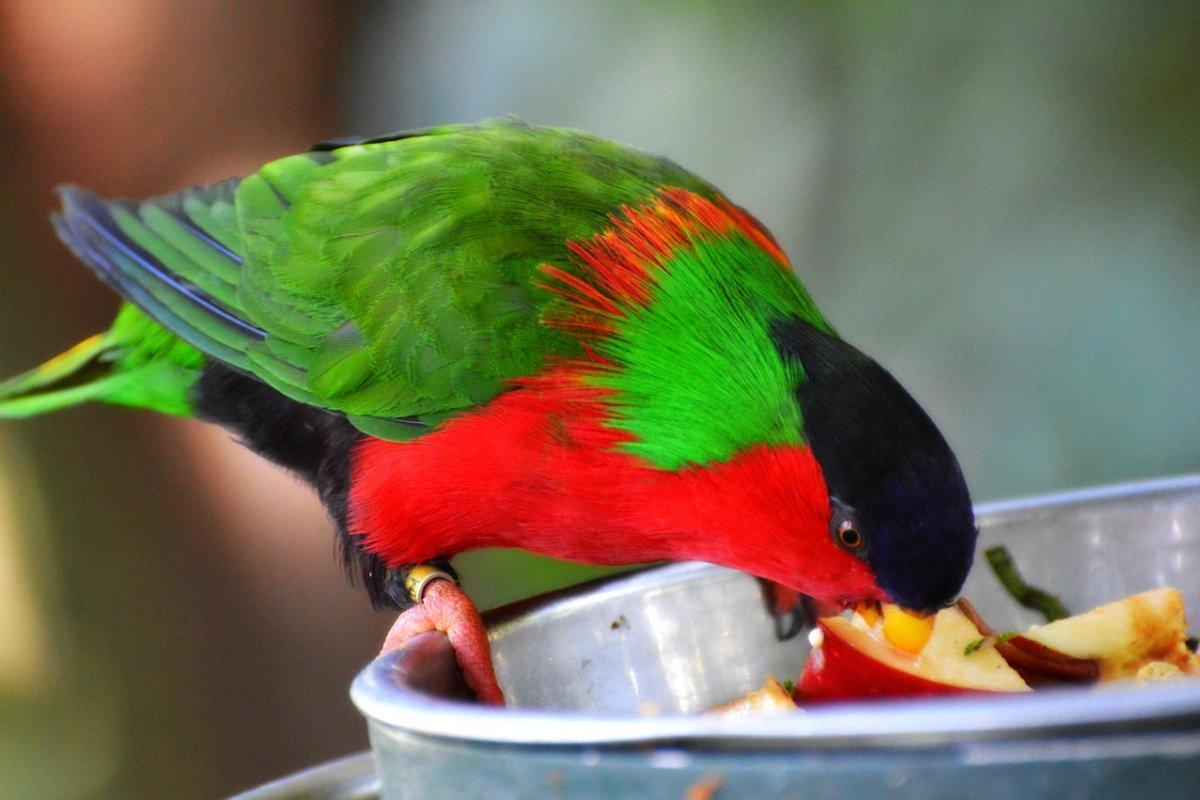
How Many Animals Native to Fiji?
What is the diversity of native animals in Fiji?
Let’s look at the total number of species of Chordata (mammals, birds, fishes, and reptiles).
Total number of animal species in Fiji: 1,702 (9,917 in total in Oceania)
More About Animals in the World!
Loved these Fiji animals facts? Want to see what animals live in other countries?
Then check out these posts:
Or click here to see ALL the facts up on the blog! Spoiler alert: there’s A LOT of them.
Share the knowledge! Click on the buttons below to share information about these native animals of Fiji with your friends, and help them learn more about the world 🙂
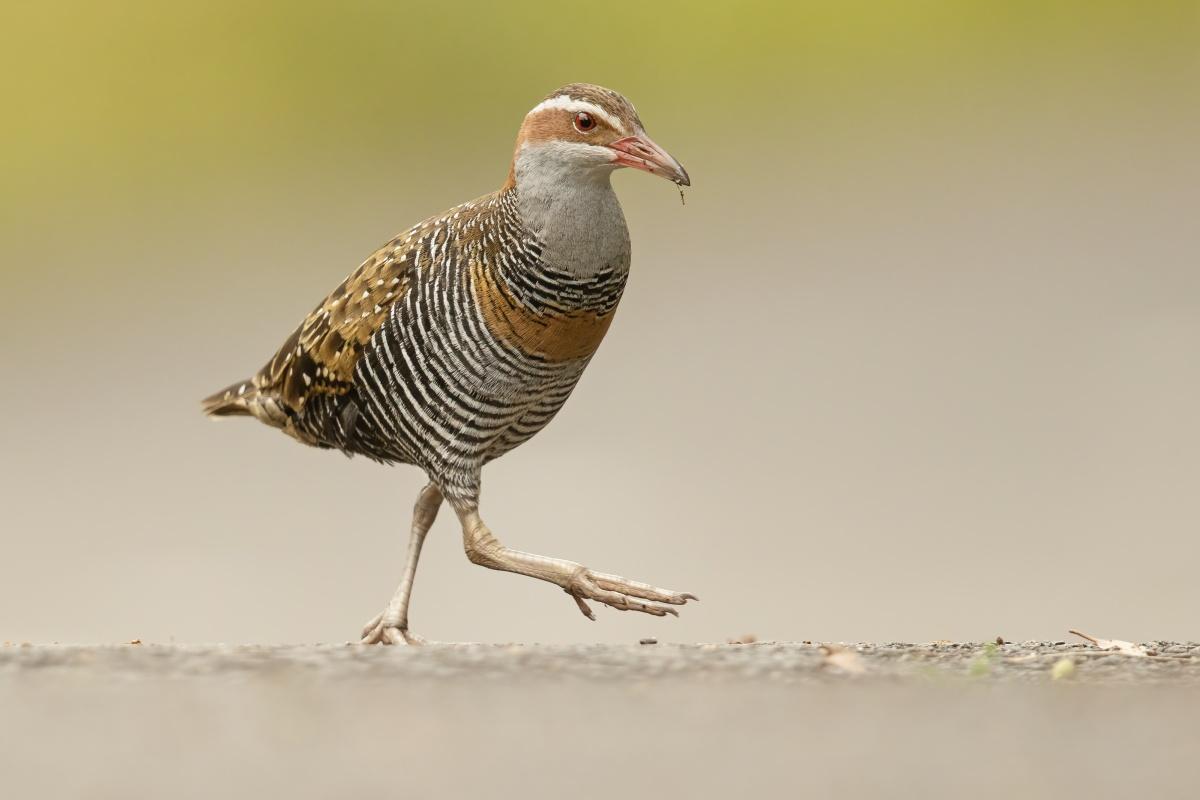
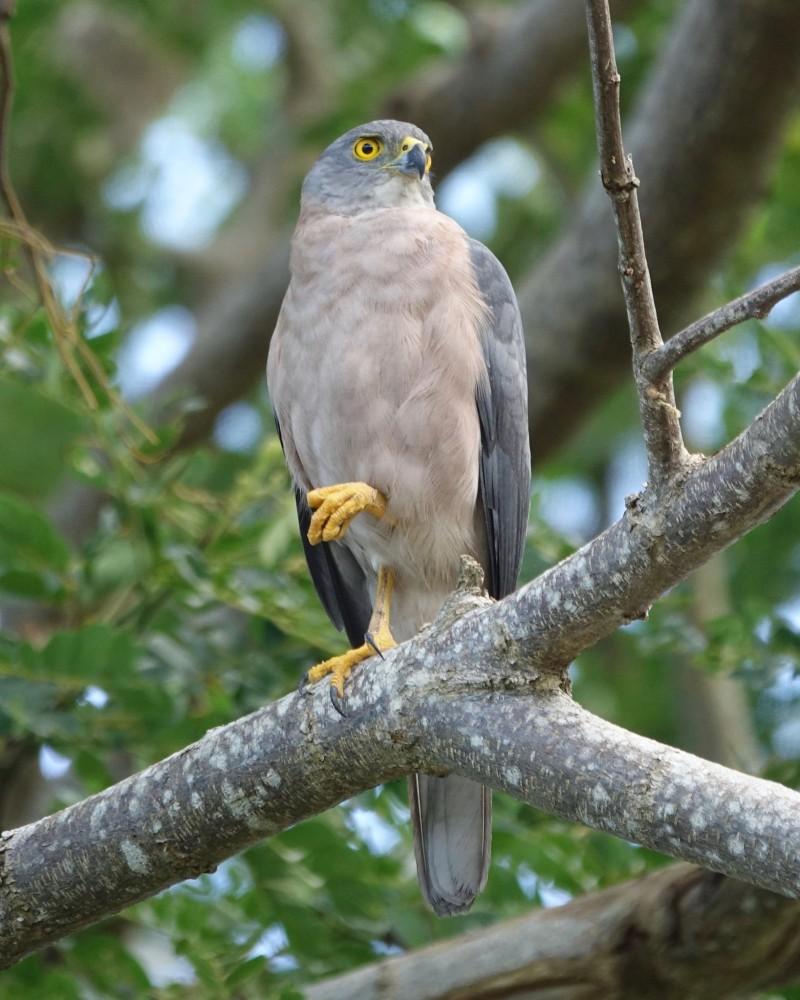
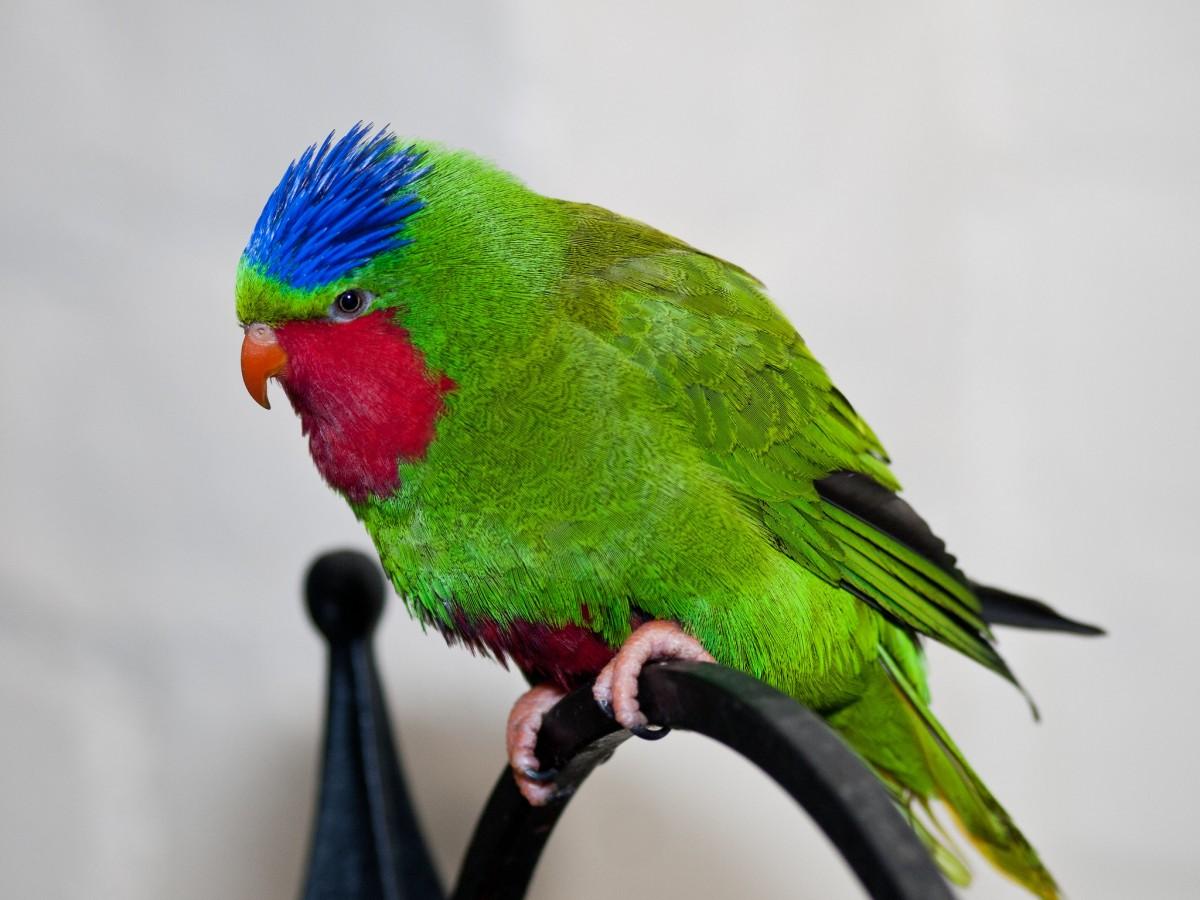
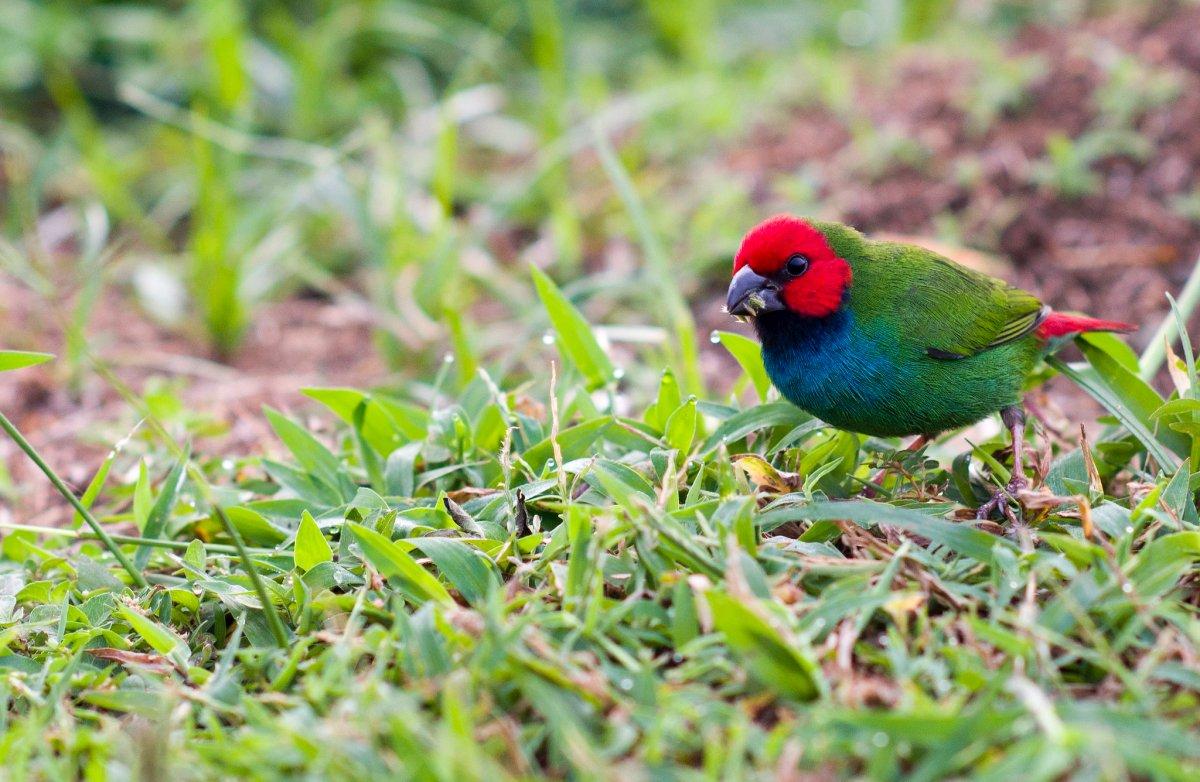
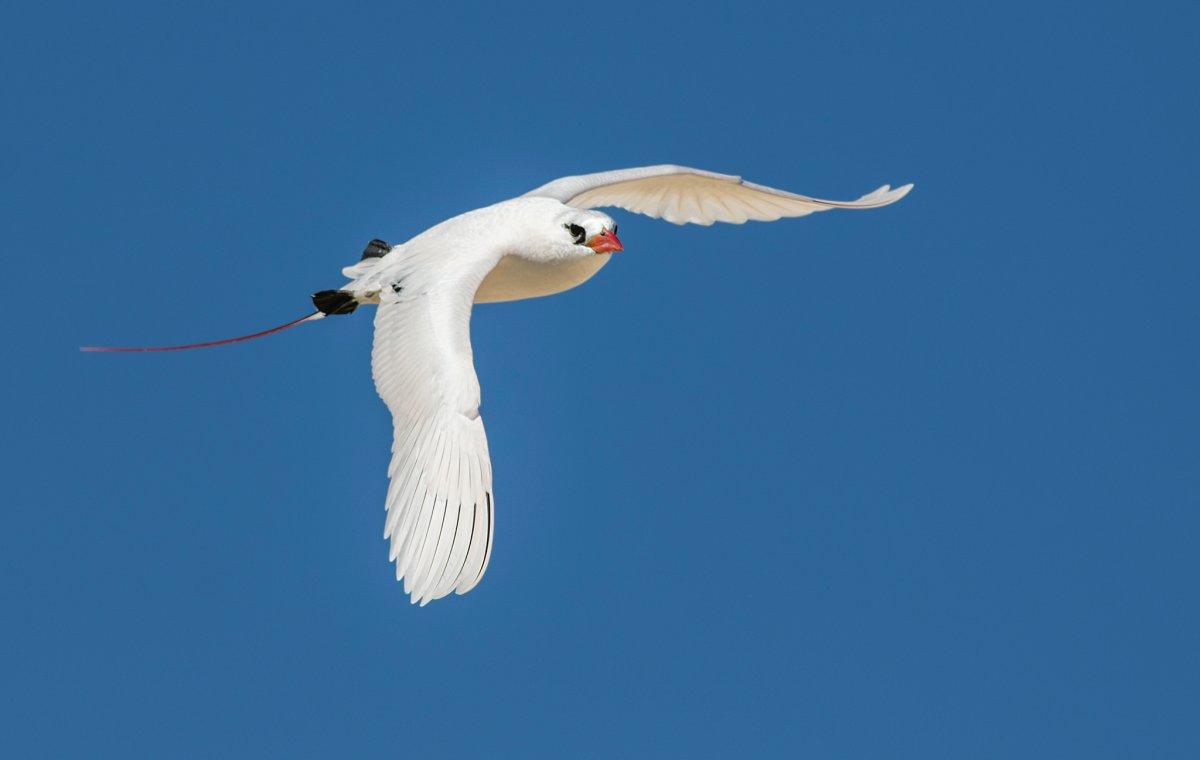
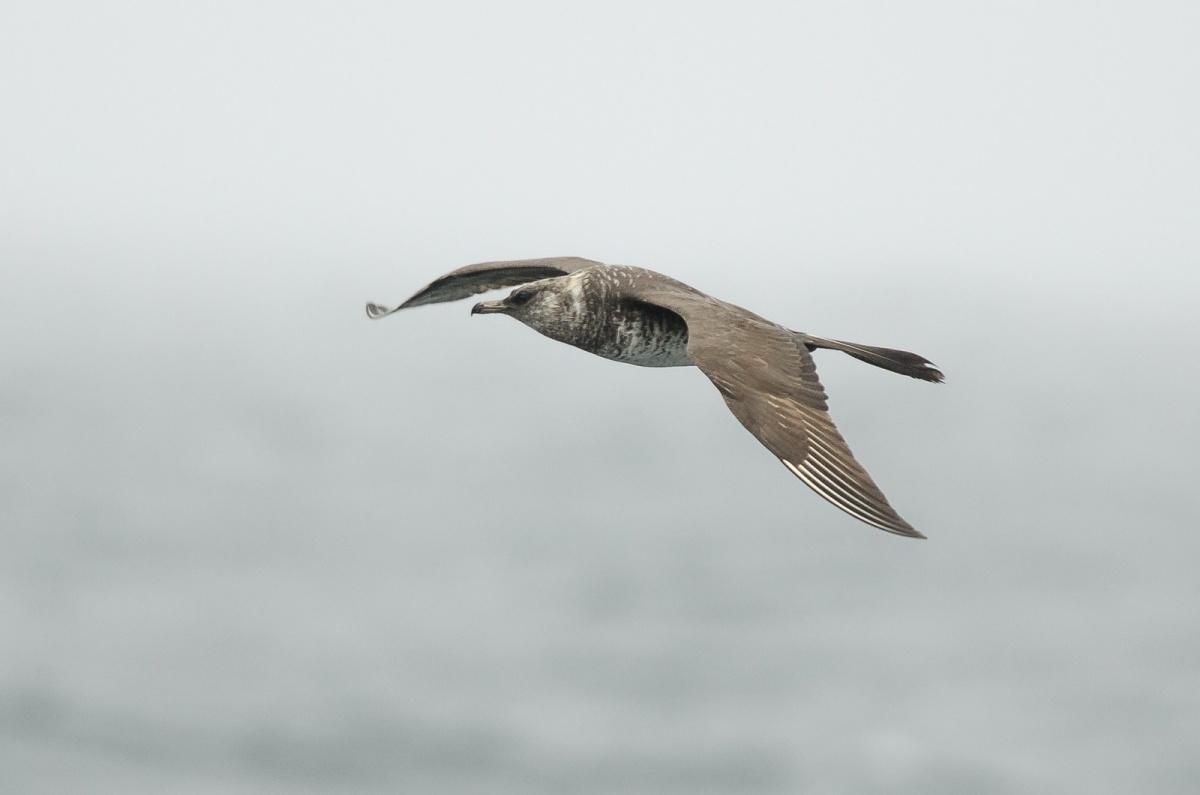
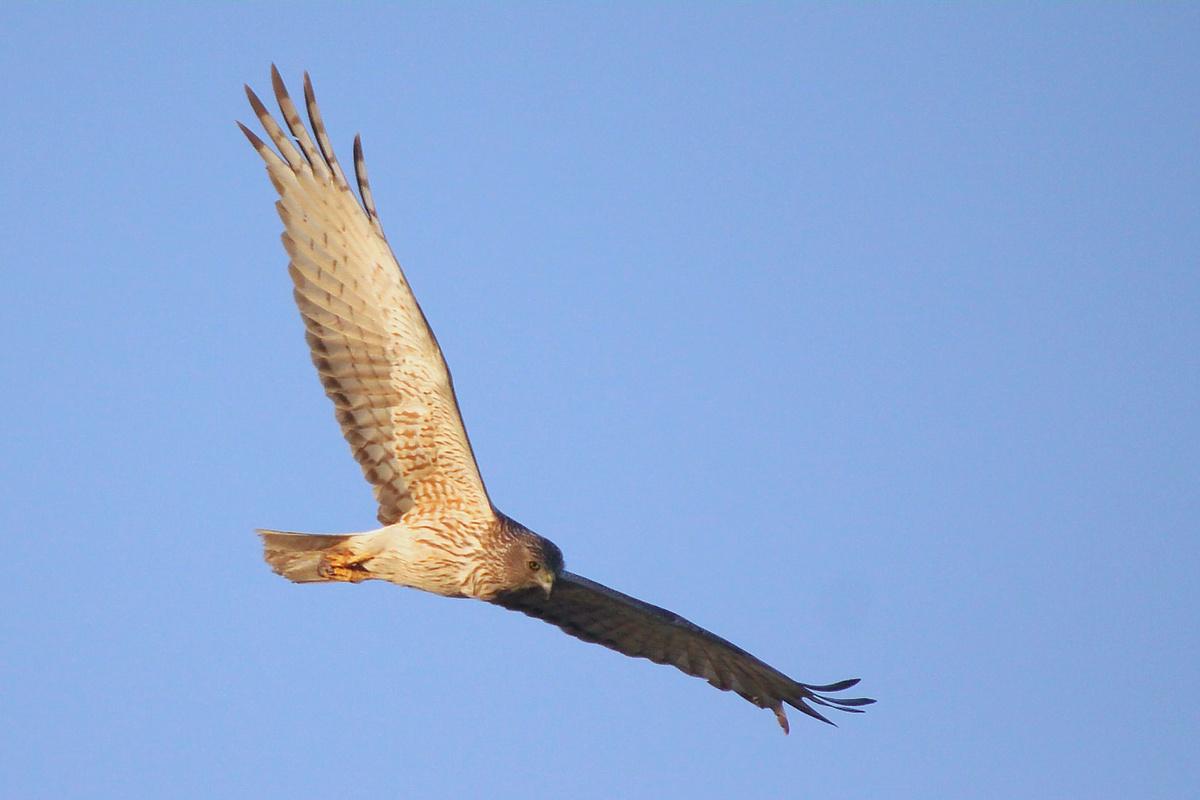

![13 Wild Animals in Vanuatu [Wildlife in Vanuatu]](https://www.kevmrc.com/wp-content/uploads/2023/01/13-wild-animals-in-vanuatu.jpg)
![13 Wild Animals in Wales [Wildlife in Wales]](https://www.kevmrc.com/wp-content/uploads/2022/10/13-wild-animals-in-wales.jpg)
![27 Wild Animals in France [Wildlife in France]](https://www.kevmrc.com/wp-content/uploads/2022/06/27-wild-animals-in-france.jpg)